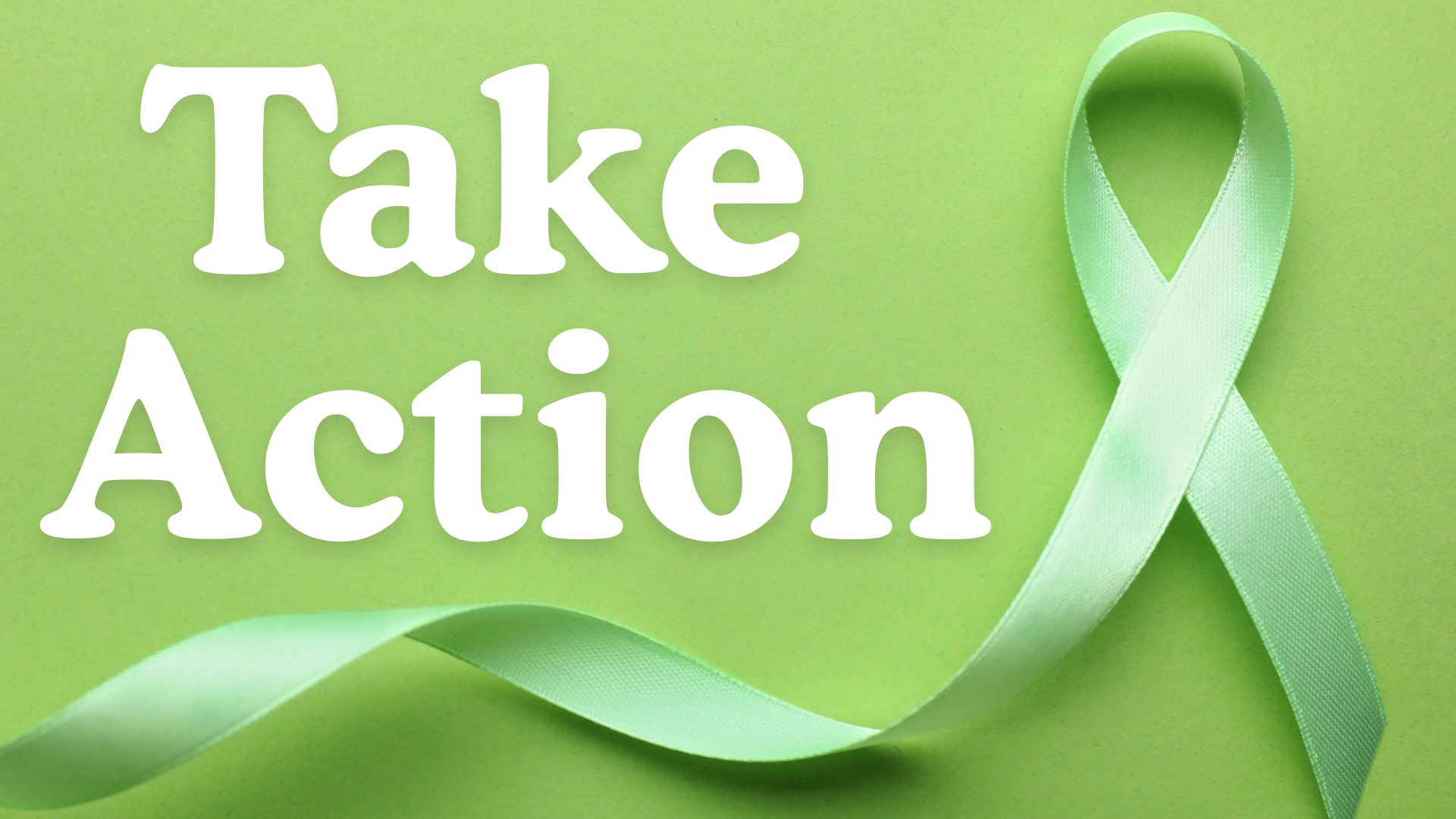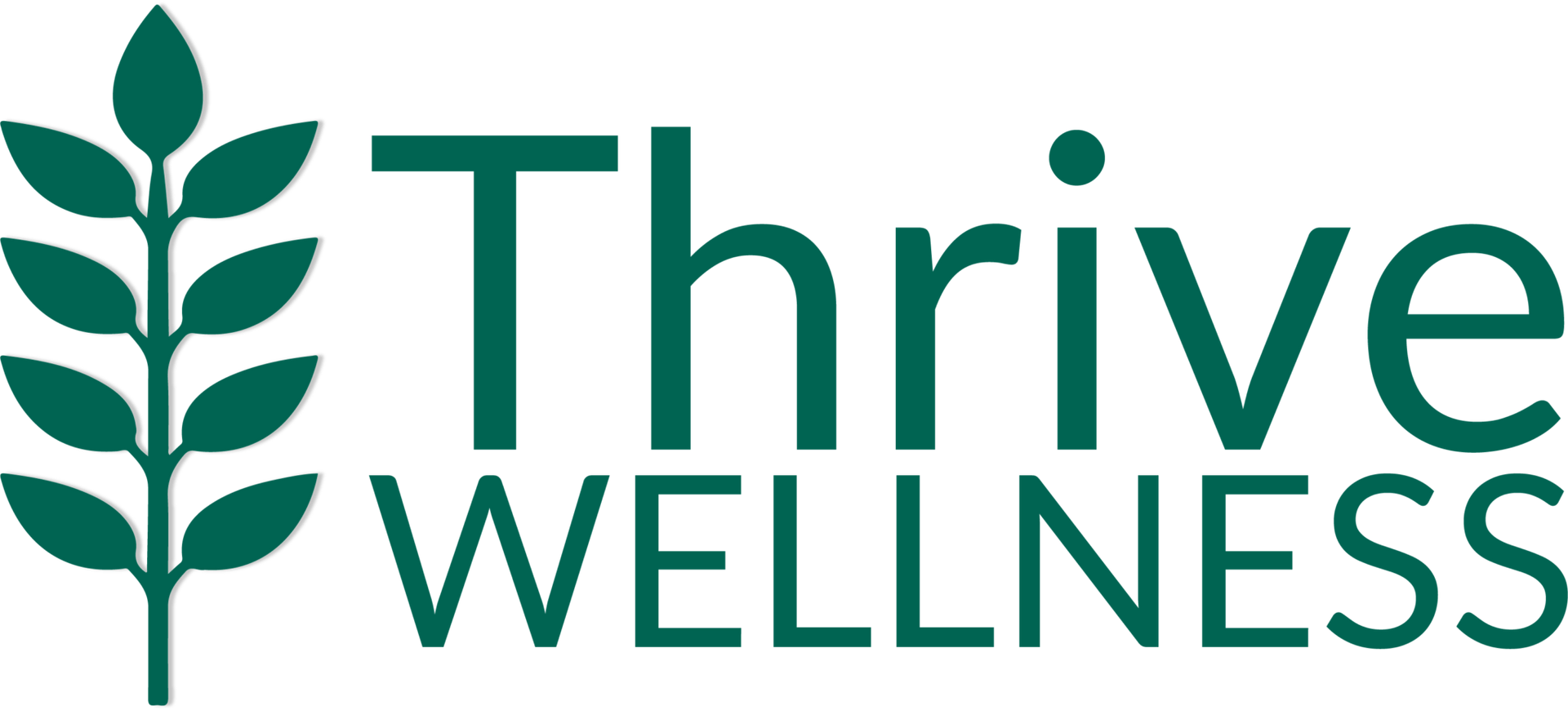Eating Disorders in Youths: Risk Factors, Statistics, and Recovery

EATING DISORDER TRIGGERS IN YOUTHS
Dangerous and deadly, eating disorders are psychological illnesses that fatally claim one out of ten of their victims. There are a variety of societal, cultural, and environmental influences that can lead to the development of eating disorders, which we’ll explore below. At an impressionable age, youths can be more affected by these factors than adults. In fact, the average age of onset for eating disorders is 12 to 13 years old.
It is important to be aware of common risk factors for youth eating disorders, which include:
- Family Influences: Family eating behaviors such as dieting and counting calories can serve as dangerous models for youths. Children of parents who are overly concerned about their weight tend to face an increased risk of developing eating disorders.
- Culture and Media: Youths are influenced by media and cultural body image standards as early as elementary school. According to research cited by the National Eating Disorder Association (NEDA) , of elementary school girls who read magazines, 69 percent say that the pictures influence their concept of the ideal body shape, and 47 percent of them say the pictures made them want to lose weight.
- Weight-Based Victimization: Weight stigma consists of discriminatory behavior and ideas about body shape and size. Victims of weight stigma may develop resulting depression, low self-esteem, and body dissatisfaction — all of which can lead to eating disorders, especially in youth.
- Dieting Culture: Dieting at a young age can also be a major factor in the development of eating disorders. According to research cited by NEDA , in comparison to adolescents who did not diet, those who dieted moderately were five times more likely to develop an eating disorder, and those who practiced extreme food restriction were 18 times more likely to develop an eating disorder.
- Competitive Athletics: Another risk factor for developing an eating disorder as a youth is being a competitive athlete. According to research cited by NEDA , athletes competing in sports that emphasized diet, appearance, size and weight were most at risk. One study cited by NEDA found that 35 percent of female and 10 percent of male college athletes were at risk for anorexia nervosa and 58 percent of female and 38 percent of male college athletes were at risk for bulimia nervosa.
TYPES OF EATING DISORDERS
Just like adults, youths are at risk for developing anorexia nervosa, bulimia nervosa, binge eating disorder, and avoidant restrictive food intake disorder (ARFID), among others.
Discover how these eating disorders show up in the youth demographic below, according to research and statistics distributed by NEDA .
Anorexia Nervosa
Anorexia nervosa is characterized by inadequate caloric intake, excessive exercise, and malnourishment. Between .3 and .4 percent of young women and .1 percent of young men will suffer from anorexia nervosa. Young people between the ages of 15 and 24 with anorexia have 10 times the risk of dying compared to their same-aged peers.
Binge Eating Disorder
Episodes of overeating and feelings of loss of control about eating are signs of binge eating disorder. The illness often begins in the late teens or early twenties, but it has also been reported in young children.
Bulimia Nervosa
Bulimia nervosa is characterized by episodes of bingeing followed by purging, fasting, or exercising excessively. At any given point in time, one percent of young women and .1 percent of young men will meet diagnostic criteria for bulimia nervosa.
ARFID
Children who suffer from ARFID have difficulty eating due to a lack of interest, sensory aversions, or worry that may choke, vomit, or experience pain. One study showed that adolescents with ARFID were more likely to be younger and male.
YOUTH EATING DISORDER TREATMENT AT THRIVE
Thrive is dedicated to stopping youth eating disorders in their tracks through holistic, multidisciplinary, and targeted eating disorder treatment . Our team includes primary care clinicians, therapists, psychiatrists, nutritionists, and mindful movement specialists who all collaborate to provide integrated care.
Our eating disorder treatment programs welcome adolescents, and we even offer a specialized eating disorder treatment program tailored specifically to youths. Thrive Sacramento’s Family Intensive Outpatient Program caters to adolescents and their families. The program begins with two days of intensive treatment and education followed by individual therapy, family therapy, psychoeducation, and clinical support for nine to twelve months. For more information about our eating disorder treatment services, feel free to reach out to us .
The post Eating Disorders in Youths: Risk Factors, Statistics, and Recovery first appeared on Thrive Wellness.








